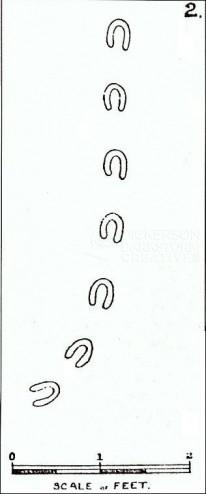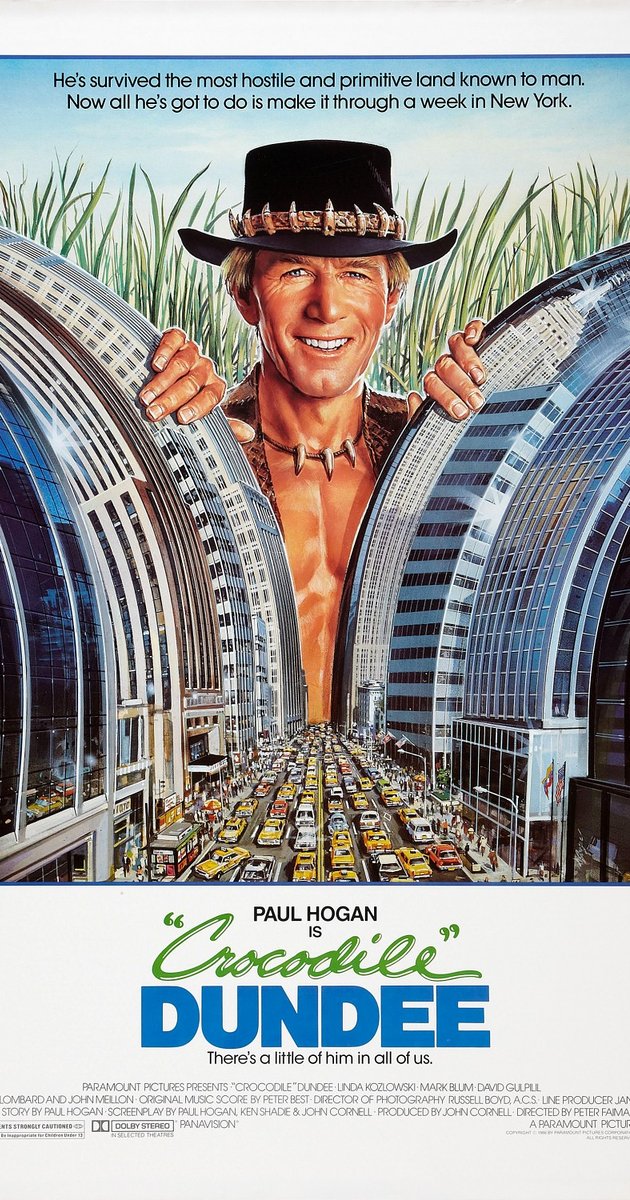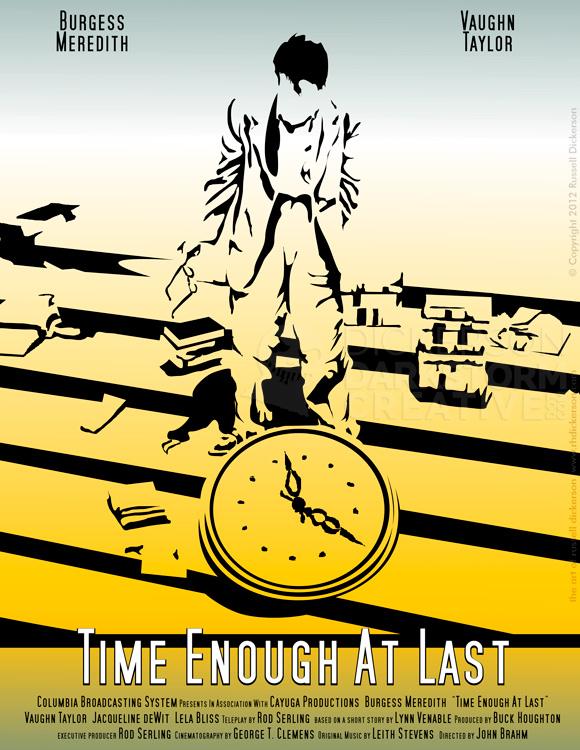For my entire life, from the stone ages until now, seemingly, I have been fascinated by the strange and the weird. Growing up, nearly all of the books that I read were about mysterious happenings around the world.
There were no limits on my fascination. UFOs, ghosts, Kaspar Hauser, cryptozoology, strange events and anything else that I could find under the “unexplained” topics were the entrée to my otherwise boring dinner called “life”.
| Originally published by Apex Book Company, October 2013 |
My imagination would soar on high, thinking about events like the Devil’s Footprints incident in the mid-1800’s, in Devon, England. You can look up the details yourself (Here! Hurry back…), but essentially the people of Devon woke up to a nice blanket of snow one morning.
Yeah, I know, scary as hell. I just went and peeked out the window looking for snow, just in case such horrors repeated themselves here.
The snow, while apt to scare the bejesus out of anyone, was only the first surprise of the day. The real surprise was what was in the snow for 100 miles.
Footprints. Cloven footprints.
Now, I know what you’re thinking. Hellboy wasn’t pulled out of hell by the Professor until World War II, so it couldn’t have been him. I agree, which is where the mystery comes in. The footprints were in a pattern such that, if you tried to follow along with each step, you simply couldn’t.
The cloven footprints (note: the word of the day is now “cloven”) went through snowbanks of various depths. They ended on one side of a high wall, and kept going on the other, with a print on the top of the wall. There were prints ending at one side of the house, continuing across the rooftop, and starting again on the other side of the house. The footprints even ended on one bank of a river and started up again on the other bank.
 Nowadays, after reading all of those stories all of my life, my imagination fires constantly with ideas of the strange and weird. Walking down the street, I think of cloven footprints high on the wall of the stone church down the street. In the dark at night, I look out through our front window, and expect to see a lone zombie wandering under the streetlight. In the forest, I see the branches curling around a tree trunk, and think of the creature that’s reaching around slowly on the other side.
Nowadays, after reading all of those stories all of my life, my imagination fires constantly with ideas of the strange and weird. Walking down the street, I think of cloven footprints high on the wall of the stone church down the street. In the dark at night, I look out through our front window, and expect to see a lone zombie wandering under the streetlight. In the forest, I see the branches curling around a tree trunk, and think of the creature that’s reaching around slowly on the other side.
I suppose, with just a little tweak, I’d be off my nut and on the way to the asylum. Sorry, the “hospital”, as the friendly nurses here keep telling me.
Instead of insanity (mostly), I take those visions and put them into my creations. They influence what I see in the world all around me, all of the time. That openness keeps my imagination fresh, and adds a willingness to see things that not only aren’t there, but could never be there in any reality.
I think that an unwillingness to see the world differently leads to boring creations. Especially in creations in genres like horror, or science fiction and fantasy, the willingness to take a leap into the unusual is what makes something stand out as great.
I’m not saying it has to be completely overt either, though it often is. Often the best works are those that run very similarly to reality, but have just the slightest of tweaks to put it into the unusual.
In those cases, it can be even more important that both the creator and the viewer are open to something odd, else it might not work. Creations that rely on a tweak of reality face the uphill battle of balancing the real with the unreal. Too close to reality, the viewer will be bored. Too far into the strange, and the fantasy falls apart or turns into a full-blown fantasy creation.
The trick is to not throw someone into the unusual blindly, but to use their understanding of reality, and of something that is strange, to tickle their fascination with what they don’t understand. To see a world that strange, and to make them intrigued enough to want to know why it is.
The stories that I wrote growing up, all the way to the artworks that I create now, have been heavily influenced by those mysteries. I sit in front of the sketchpad each day, or the canvas, even the computer with story starting onscreen, and think of all of those mysteries that call to me.
Right now, I’m thinking of some strange footprints, and seeing a vision in my head of the creature that’s about to become my next creation.


